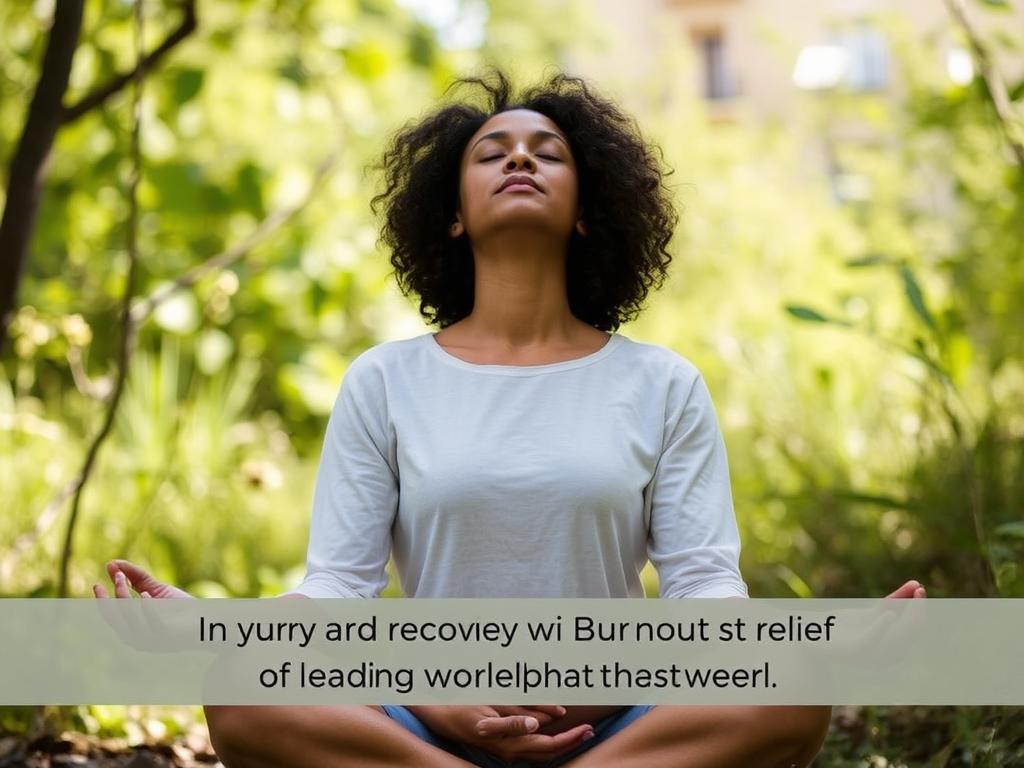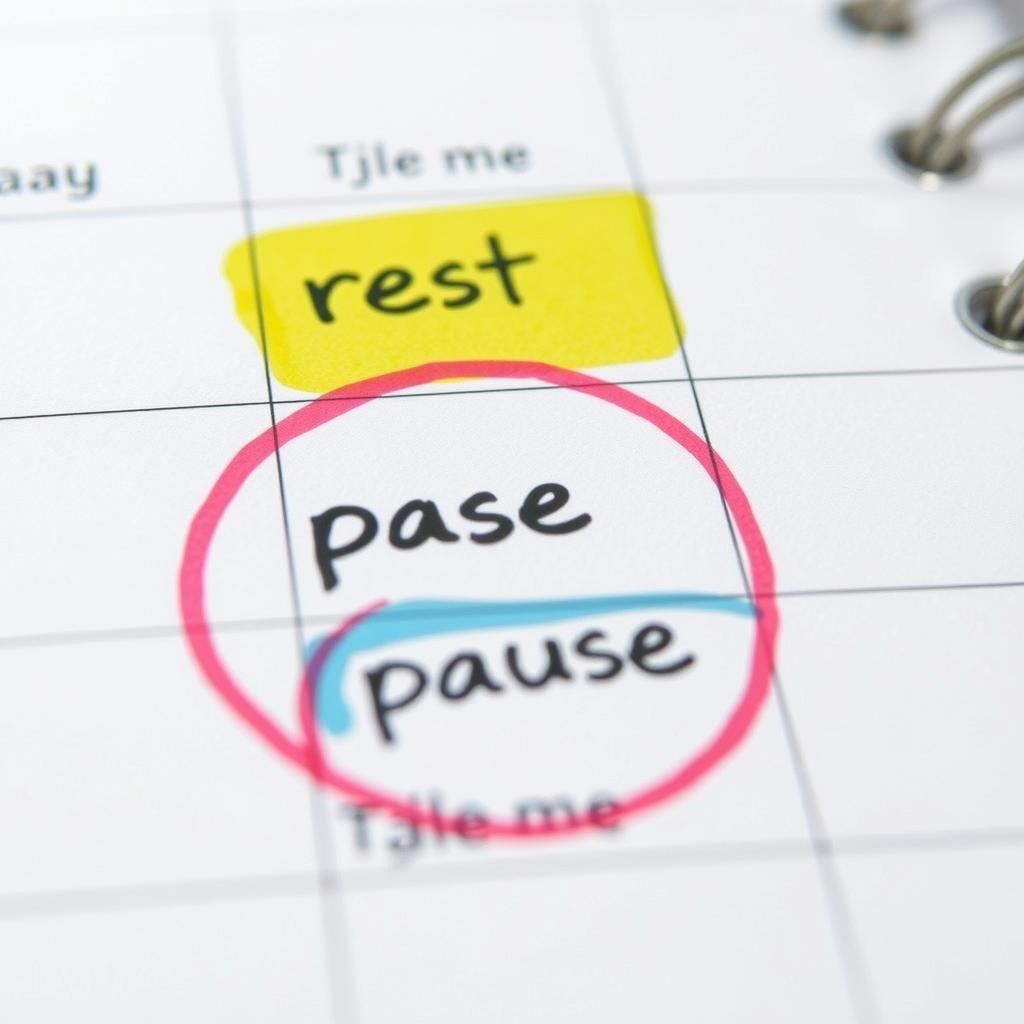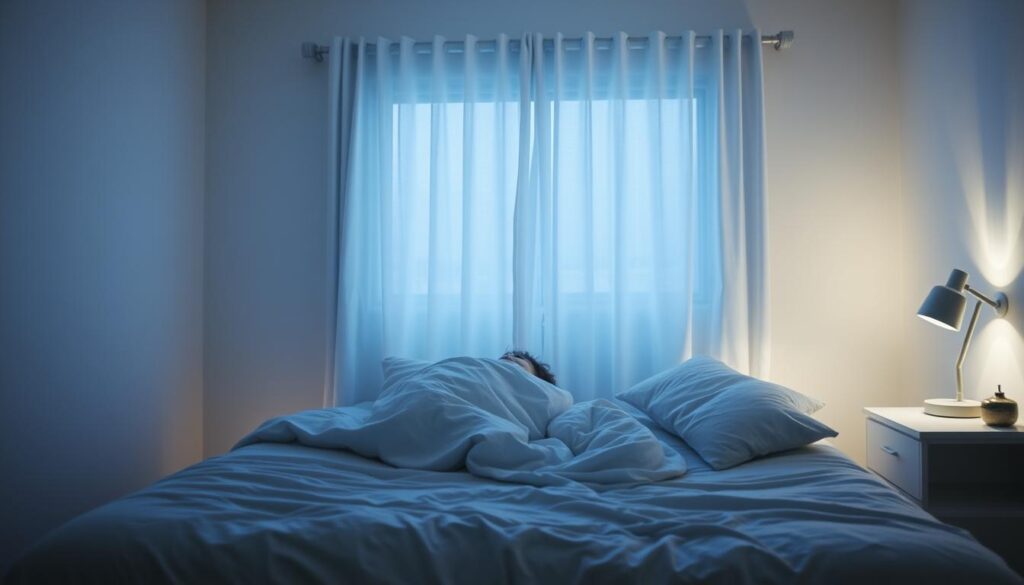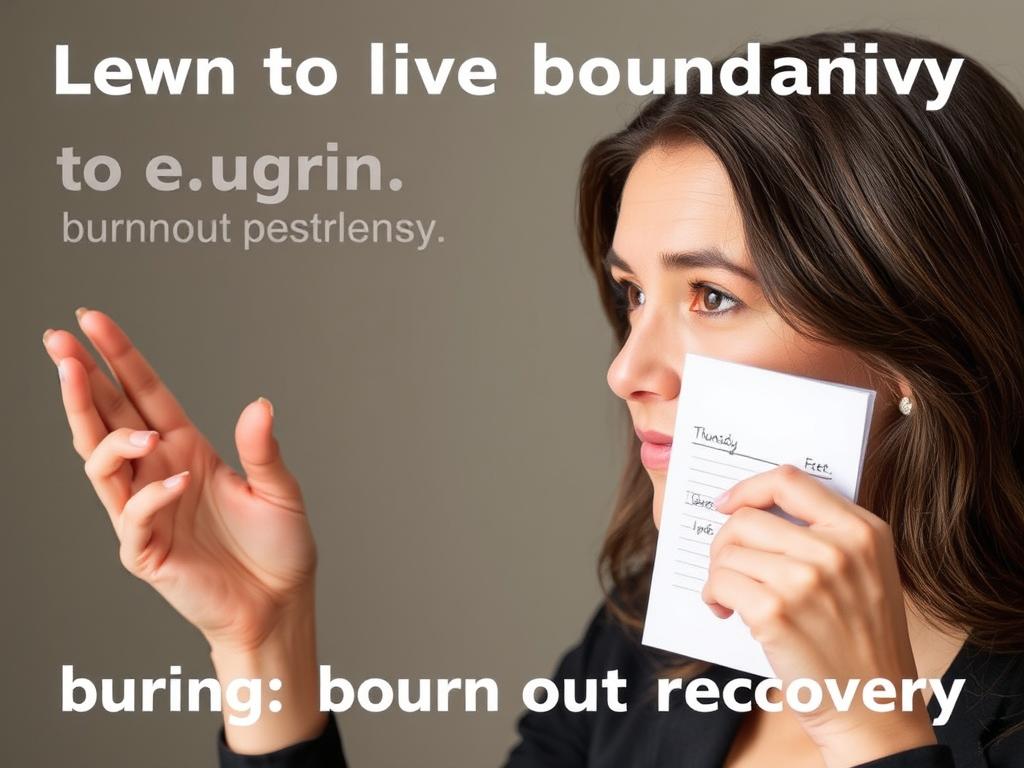But here’s the good news: burnout recovery doesn’t require a complete life overhaul or a three-month sabbatical. Over the next 30 days, small, intentional shifts can help you reclaim your energy, rediscover joy, and rebuild a life that sustains rather than drains you.
Taking the first step toward burnout recovery begins with creating moments of calm in your day
Recognizing the Signs of Burnout
Before diving into recovery, it’s important to recognize what burnout actually looks like. Burnout isn’t just feeling tired after a busy week—it’s a state of chronic stress that leads to physical, emotional, and mental exhaustion.
Common Signs You’re Experiencing Burnout:
- Persistent fatigue that doesn’t improve with rest
- Feeling cynical, detached, or emotionally numb
- Reduced performance and difficulty concentrating
- Physical symptoms like headaches, digestive issues, or insomnia
- Loss of motivation and enjoyment in previously pleasurable activities
- Feeling overwhelmed by even small tasks
If several of these symptoms resonate with you, you’re in the right place. This 30-day plan is designed specifically for burnout recovery, helping you rebuild your mental and physical resources step by step.
Week 1: Pause + Acknowledge Burnout

The first step in burnout recovery is creating space to breathe. This week is about acknowledging where you are and giving yourself permission to pause. Recovery can’t begin until you recognize that something needs to change.
Day 1-3: Create Breathing Room
Start by identifying what you can temporarily step back from. This isn’t about abandoning responsibilities but creating small pockets of relief:
- Postpone non-urgent commitments
- Delegate one task you normally handle
- Block 15 minutes daily for complete stillness

Day 4-5: Reduce Digital Noise
Digital overload amplifies burnout. Create boundaries around technology:
- Turn off non-essential notifications
- Establish a “phone-free hour” before bed
- Create a designated charging station away from your bedroom
Create Your Digital Detox Corner
A dedicated space for unplugging can significantly reduce stress levels. Consider a small basket with a journal, calming tea, and perhaps a book to replace scrolling time.
Day 6-7: Practice Saying “No”
Burnout often stems from overcommitment. This weekend, practice the art of the gentle “no”:
- Decline one social invitation that feels draining
- Set a boundary around work communications outside hours
- Use phrases like “I need to prioritize my wellbeing right now”
“No is a complete sentence. It does not require justification or explanation.”

Week 2: Rebuild Basic Foundations
With some breathing room established, week two focuses on rebuilding the physical foundations that burnout has likely eroded. When your body feels depleted, your mind follows suit.

Day 8-10: Prioritize Sleep
Quality sleep is non-negotiable for burnout recovery. Focus on creating conditions for restorative rest:
- Establish a consistent bedtime and wake-up time
- Create a 20-minute wind-down ritual (stretching, reading, or meditation)
- Keep your bedroom cool, dark, and free from electronics
Sleep Support Tools
These gentle aids can help restore healthy sleep patterns:
- Weighted blanket for calming pressure
- Lavender pillow spray for relaxation
- White noise machine to mask disruptive sounds
Day 11-12: Hydrate and Nourish
Burnout often leads to neglecting basic nutrition. Focus on simple improvements:
- Start each day with a full glass of water
- Add one extra vegetable to each meal
- Prepare simple meals that combine protein, healthy fats, and complex carbs

Day 13-14: Gentle Movement
Exercise doesn’t need to be intense to be effective for burnout recovery. Focus on movement that feels good:
- Take a 10-minute walk outdoors
- Try gentle stretching or beginner yoga
- Dance to your favorite song in your living room
“Movement is a medicine for creating change in a person’s physical, emotional, and mental states.”
Week 3: Reconnect With Joy
By now, you should be feeling some physical relief. Week three focuses on emotional recovery by reconnecting with what brings you genuine joy and meaning.

Day 15-17: Rediscover Simple Pleasures
Burnout often disconnects us from activities that once brought joy. Make time for small pleasures:
- Spend 15 minutes on a hobby you’ve neglected
- Listen to music that makes you feel good
- Enjoy a meal without distractions, savoring each bite

Day 18-19: Meaningful Connection
Social isolation often accompanies burnout. Rebuild connections intentionally:
- Reach out to one person who energizes you
- Have a conversation that goes beyond small talk
- Share honestly about your burnout experience with someone you trust
“Connection is why we’re here. We are hardwired to connect with others, it’s what gives purpose and meaning to our lives.”
Day 20-21: Creative Expression
Creativity helps process emotions and reduces stress. No artistic skill required:
- Journal for 10 minutes without judgment
- Try a simple craft project
- Cook a meal that brings you joy
Journaling for Burnout Recovery
A simple journal can be transformative for processing burnout. Look for one that feels inviting and keep it visible as a reminder to write regularly.
Week 4: Create a New Rhythm
The final week focuses on sustainable practices to prevent future burnout. This isn’t about perfection but creating rhythms that honor your wellbeing.

Day 22-24: Design Your Morning
How you start your day sets the tone. Create a morning ritual that centers you:
- Begin with 5 minutes of deep breathing or meditation
- Delay checking emails/messages for the first hour
- Include one activity that grounds you (journaling, stretching, tea ritual)
“When you arise in the morning, think of what a precious privilege it is to be alive—to breathe, to think, to enjoy, to love.”
Day 25-27: Identify Triggers and Boundaries
Understanding what triggers your stress helps prevent future burnout:
- Note situations, people, or activities that deplete your energy
- Create specific boundaries around these triggers
- Practice phrases for setting limits: “I need to step back from this for now”

Day 28-30: Create Your Sustainability Plan
Reflect on what you’ve learned about yourself during this 30-day journey:
- Identify 3 practices that have most improved your wellbeing
- Schedule these practices into your calendar as non-negotiable
- Create a “warning signs” list to catch burnout early next time
Your Burnout Recovery Toolkit
Consolidate what you’ve learned into a personal toolkit for ongoing burnout prevention. Include your key practices, boundary phrases, and early warning signs.
Common Questions About Burnout Recovery
How long does burnout recovery typically take?
Burnout recovery varies widely depending on severity and individual circumstances. While this 30-day plan provides a foundation, complete recovery can take anywhere from a few months to a year. The key is consistency with small changes rather than expecting overnight transformation.
Can I recover from burnout without changing jobs?
Yes, many people successfully recover from burnout while staying in their current position. The key is identifying which aspects of your work environment contribute to burnout and addressing those specifically through boundaries, communication with management, and enhanced self-care practices.
How do I know if I need professional help for burnout?
Consider seeking professional support if your burnout symptoms are severe, persist despite self-care efforts, or are accompanied by depression or anxiety. A therapist, coach, or healthcare provider can offer personalized strategies and determine if additional interventions might be helpful.

Essential Tools for Your Burnout Recovery Journey
For Mental Reset
- Meditation app with guided burnout recovery sessions
- Journal with prompts for processing emotions
- White noise machine for improved sleep quality
For Physical Renewal
- Herbal teas that support relaxation (chamomile, lavender)
- Epsom salt bath for muscle tension relief
- Comfortable yoga mat for gentle movement
For Emotional Support
- Books on burnout recovery and resilience
- Aromatherapy diffuser with calming essential oils
- Stress-relief activities (adult coloring books, puzzles)

Your Burnout Recovery Journey Begins With One Step
Recovering from burnout isn’t about perfection—it’s about progress. Each small step you take rebuilds your resilience and reconnects you with what matters most. The 30-day plan outlined here isn’t meant to be followed rigidly but adapted to your unique needs and circumstances.
Remember that burnout didn’t happen overnight, and recovery won’t either. Be patient with yourself through this process. Celebrate small wins, learn from setbacks, and keep moving forward with compassion for yourself.

“The journey of a thousand miles begins with a single step.”
Continue Your Burnout Recovery Journey
Get weekly support, additional resources, and a community of others on the path to recovery.
Download Your Free Burnout Recovery Checklist
🧘♀️ You don’t need to change everything—just start with one mindful step each day. Your balance begins now.


